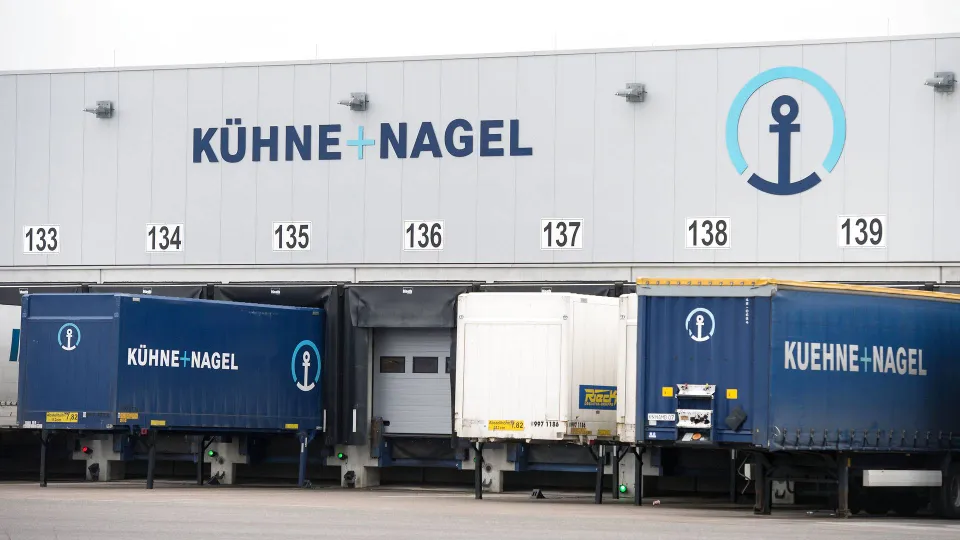Major Swiss logistics firm Kuehne + Nagel saw marked revenue and bottom-line growth in the third quarter, with the group’s sea freight business advancing in particular, according to the financial report released on Tuesday morning.
Kuehne + Nagel can look back on a third quarter where positive trends continued in spite of growing uncertainty in global freight markets.
Such is the report from CEO Stefan Paul in Tuesday’s financials from the large Swiss logistics company, which highlights particular growth within ocean freight business Sea Logistics.
In Sea Logistics, revenue increased from CHF 3.9bn (USD 3.9bn) to CHF 4.9bn, while the operating result landed at CHF 503m against CHF 487m in the same period last year.
For the group overall, revenue increased by CHF 1.4bn to CHF 9.9bn, while the bottom line grew to CHF 688m from CHF 578m in Q3 2021.
For the year’s first nine months, Kuehne + Nagel delivers a net profit of CHF 2.3bn, which is the best result to date for the company, says Paul.
”However, higher energy prices, broad-based inflation as well as geopolitical tensions drive additional volatility in supply chains. At the same time, the easing in sea and air freight markets translates to some relief for our customers,” adds the chief exec.
Regarding the market for sea freight, the Swiss firm points out that the overall complexity in the market increased in the first nine months of the year, especially with further uncertainty on major trade routes.
Boom will continue
In a recent interview with Bloomberg, Paul shared his expectations for the transportation market going forward.
The top exec’s assessment was that the boom is far from over.
”In air freight this is not the case at all. And neither in sea freight. Overall I think the rate level will be not as high of course than it was 2021 and 2022; but the average will be greater than before the pandemic,” he told Bloomberg.
He pointed out that even though customers are currently seeing that transportation markets are softening, disruption in supply chains is not over due to a high number of factors still being unresolved, according to Paul.
For instance, further port capacity is still needed, there is shortage of truck drivers, and containers are in the wrong places, he said.






